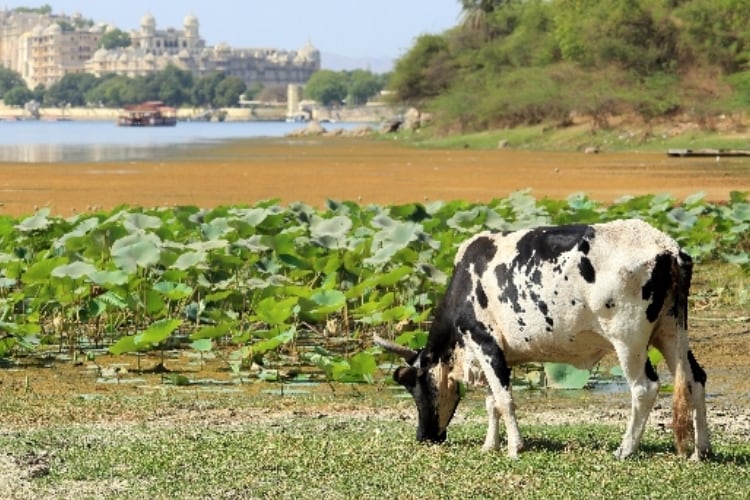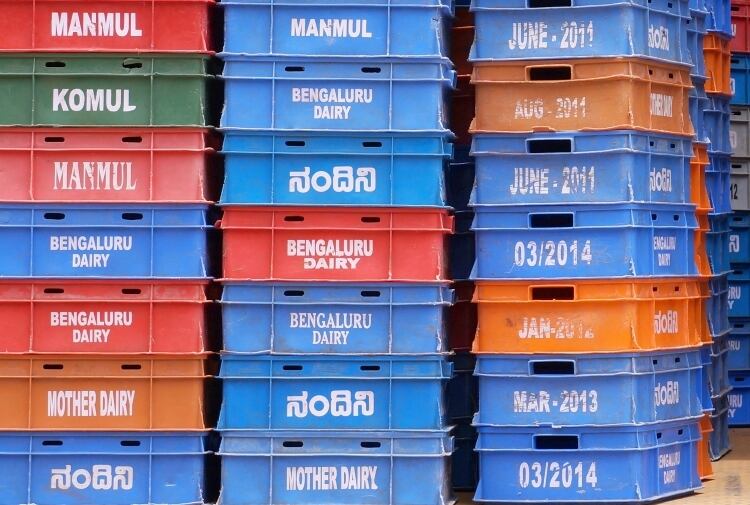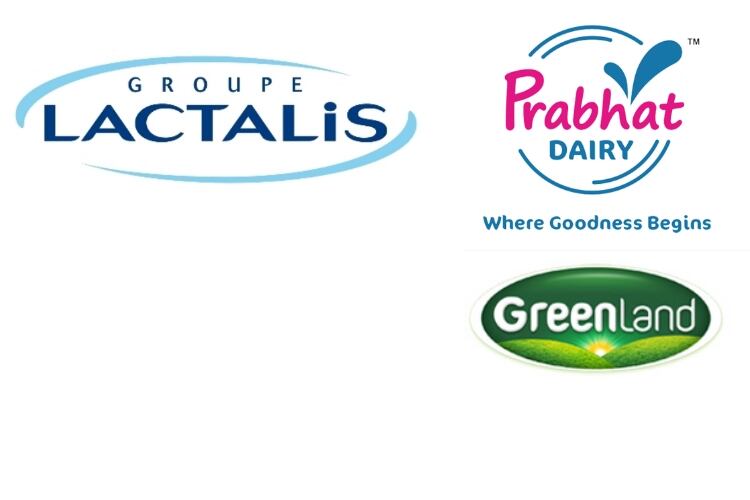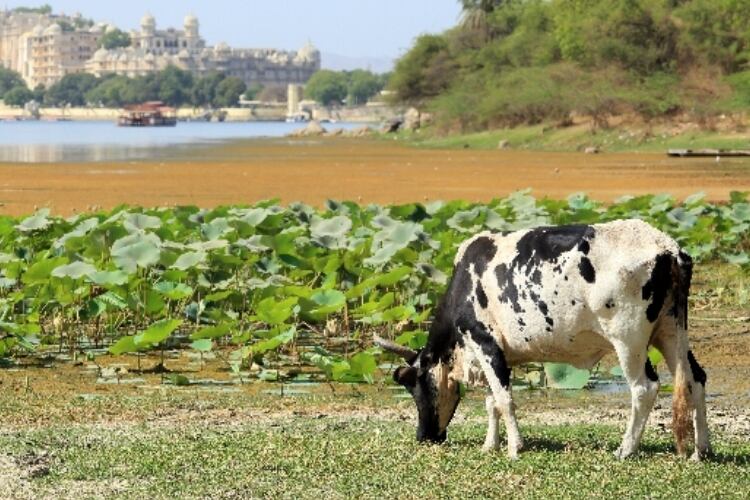It began in 2016 when Narendra Modi was in his second year as prime minister.
“By the time the country celebrates its 75th independence anniversary in 2022, farmers’ incomes will have doubled. That is my dream,” he boomed at a rally in Uttar Pradesh, heralding his government’s new approach to agricultural enrichment.
Most recently, agriculture minister Radha Mohan Singh adapted the quote to the dairy sector this week, when he trumpeted how “the government is committed to doubling farmers’ incomes by 2022 by providing greater access to rural milk producers and strengthening dairy infrastructure in order to help generate year-round income and gainful employment.”
Before that, in December, the cabinet gave its approval for a new agri-export bill that not only sought to double farmers’ incomes, but also overall Indian exports to the tune of $60bn. The bill had been set in motion in 2017 by a policy paper by National Institution for Transforming India (NITI Aayog), a government think tank, entitled “Doubling Farmers’ Incomes: Rationale, Strategy, Prospects and Action Plan”.
One can clearly see a pattern.
Farmers need a break
When farmers account for 40% of the population—and therefore the electorate—it isn’t difficult to divine why the statement is so popular. In fairness, Indian farmers could do with a break.
In 2016, the average monthly income of a farming household was about INR9,000 ($126), according to a survey conducted by the National Bank for Agriculture and Rural Development. More recent data is unavailable but experts believe it hasn’t changed much. A crumbling supply chain riddled with corruption and at the mercy of middle-men also hasn’t been helping their lot.
Like Jai Hind, the doubling incomes message appears to have inspired politicians and civil servants as they scurry the length and breadth of the country to proclaim it to others with the zeal of converts.
Development schemes
This week Minister Singh told a meeting of the agriculture ministry’s consultative committee that the government had been “making efforts to strengthen the infrastructure for the production of quality milk, procurement, processing and marketing of milk and milk products.”
It has been doing this, he said, through a number of acronym-led “dairy development schemes,” including the National Programme for Dairy Development (NPDD), National Dairy Plan Phase-I (NDPPI) and Dairy Entrepreneurship Development Scheme (DEDS).
In addition, a Dairy Processing & Infrastructure Development Fund (DPIDF) has been set up with an initial investment of INR80bn ($1.1bn) to equip dairy farmers with cooling technology and milk testing equipment, as well as expanding dairy product manufacturing facilities at village level.
Singh also announced that 22 dairy sub-projects have gained approval in the states of Punjab, Haryana, Gujarat, Karnataka and Maharashtra to the tune of INR31bn ($442m).
High growth rate needed
With a target to increase milk production to more than 250m tonnes in the next three years, requiring an annual growth rate of 8.56%, the ministry has its work cut out for it. This is especially so as the segment currently produces 176m tonnes of milk and has been registering growth of just 6.62% last year.
If the targets are somehow achieved, India would see an increase in the availability of milk to 515 grams per day per person by 2022—from the current per-capita level of 375 grams per day—in a bid to address the nutritional needs of a growing population.
Other dairy goals for the ministry include an increase in organized milk handling from the present 21% to 41% by March 2022 while doubling the cooperative share to 20%.
Realistic?
With all the rhetoric, the policies and the initials it looks like everyone who counts is onboard with Indian’s new agriculture development policies. But how likely are they to make farmers twice as wealthy in just three years?
NITI Aayog said in its 2017 report that for farmers' income to double by 2022, the overall agricultural sector needs to grow at an annual rate of 10.4%. Experts believe farming hasn’t been performing anywhere near this well, however, with some suggesting the target should actually be more than 13% due to the official calculation relying on outdated figures.
Moreover, many of India's farmers, dairy or otherwise, work on small or marginal holdings. This makes achieving efficiencies through economies of scale more difficult, particularly when they rely on old techniques.
New methods
Alternative means are needed to boost dairy farmers’ fortunes, says RG Chandramogan, managing director of Hatsun, India’s biggest private dairy company.
“To double farmers’ incomes, what we need is a new market intelligence-based framework for handling surpluses, besides a focus on reducing production costs,” he wrote in a newspaper op-ed this week.
Chandramogan helpfully went on to illustrate strategies Hatsun has been undertaking to boost productivity and increase efficiency in farms in South India.
These include the production of bajra-napier fodder grass hybrids in paddocks. By feeding these high-yielding protein-rich grasses to their animals, farmers can “more than meet” the recommended daily target of 750 grams crude protein inputs daily, Chandramogan argued.
“For a farmer keeping 30 cows and exclusively growing bajra-napier fodder on five acres, the annual savings from an average sale of 250 litres daily would come to INR460,000. These savings would be nothing but additional income,” he mooted.
Dairy farmers’ incomes can similarly improve after cutting out the middleman—the scourge of Indian farming—a fact evidenced by Hatsun’s past experience.
“We were the first dairy to go beyond direct procurement of milk to making payments directly into farmers’ bank accounts—even before demonetisation happened,” he said.
“When farmers have money in their accounts, bankers start viewing them as creditworthy customers. They can now borrow at 10-12%, as against 48-72% charged by loan sharks.”
While doubling farmers’ incomes is a “laudable objective”, “the reality today is that farmers are suffering stress, if not shrinkage, in their incomes,” Chandramogan added.
“The demand for loan waivers, and political pressures to implement these, is only a reflection of this underlying reality vis-à-vis well-intentioned goals.”
On this evidence, it will take a lot more than a catchphrase and some frenzied committee meetings for the government to really double farmers’ income. It must also consider new ways to promote efficiency and raise the standard of dairy farming practices in India.




